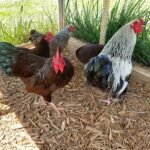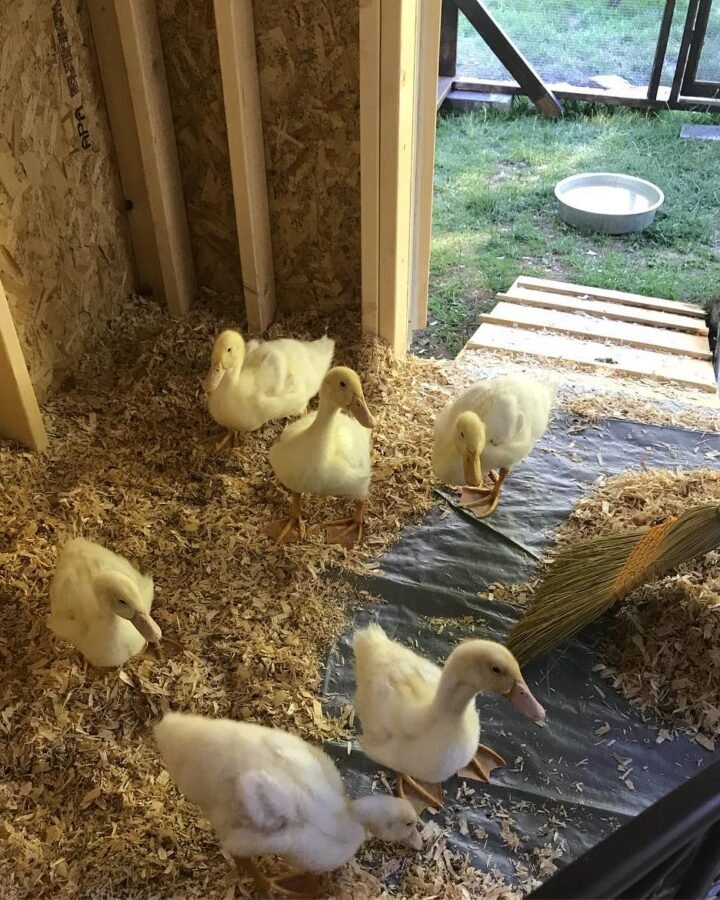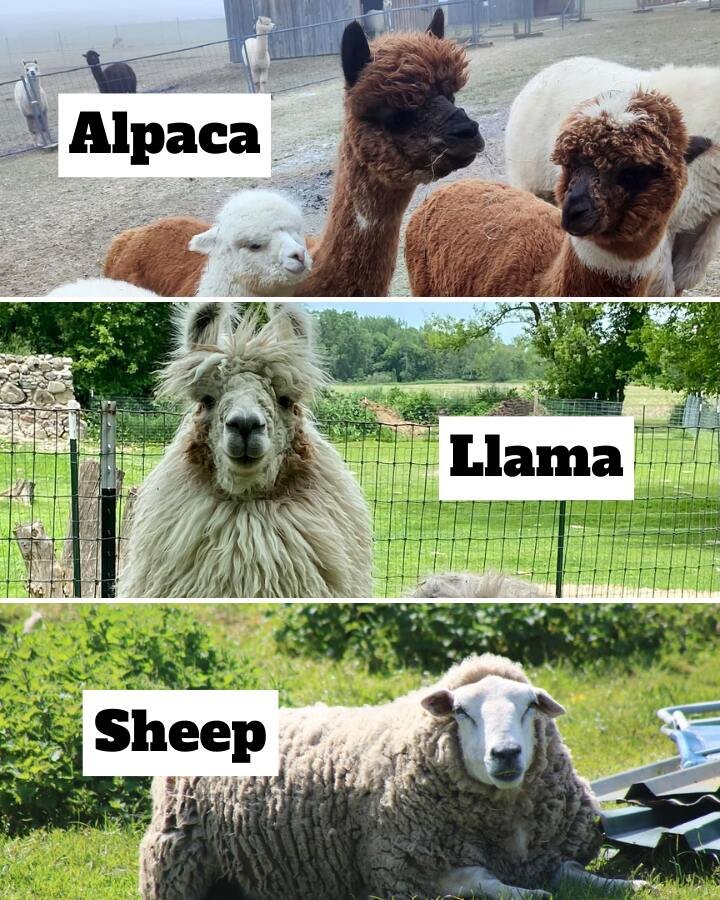When I started backyard gardening, I always wanted to try companion plants. Then, I learned about many plants that can be grown together and don’t cause a fuss in a group.
For example, Lavendes and Peones are old friends. And chives, cilantro, and tomatoes in group work for me.
Dill and parsley do the same for the swallowtails. I also grow several flowers and veggies!
Borage and Strawberry
I use borage as a valuable companion for several purposes. First, I paired it with strawberries.

It’s a self-seeding plant, and I plan to plant it in a bunch as a wildflower to see if it spreads.
For those who are unfamiliar, borage is edible and possesses some stimulant properties. Romans made borage into a drink, which helped them amplify their strength in the battle.
Their leaves have a taste reminiscent of spiced cucumber, and their blue flowers are small yet beautiful.
It also produces a ton of nectar for bees and garden flies.
If not, consider planting strawberries, as you can also plant borage and calendula. They grow cover plants for barren spots.
You can pull them out easily when they’re useless. Also, they don’t compete with wild plants outside of cultivated beds.
Radish and Carrot
I love the fact that radishes grow fast and help me identify where the carrots are.
Also, radishes drive some unwanted bugs away. I love how white icicle radishes grow around the red carrots.
When planting, I sow the seeds of radish close to the carrot.
Since radishes are ready to harvest in about 28 days, they break down the soil for carrots to grow nice and deep.
Only you need to be careful with placement and pulling them up.
Besides, whenever I feel pesky bugs are festing the garden, I often plant lavender, basil, and lemongrass throughout my garden.
Dahlia and Cosmos
I want dahlias in my garden to make it full of flowers all season.
And they look nice in the backyard mixed with cosmos or gomphrena. Their airy growth habit appears nice and weaved.

You can plant shorter sunflowers or zinnias in front.
This would help hide their glads to prevent them from wilting. They also work together nicely in cut flower arrangements.
Additionally, gardeners can grow short or ground-cover plants in the front, such as bidens or petunias, to keep the garden blooming year-round.
Basil and Tomato
For a long time, I have had dozens of basil plants starting from seed downstairs. Those who have done this know how much lengthier the process is.
Anyway, there is a patch of mixed basil, mostly Nufar, Cinnamon, Corsican and Osman.
They’re sandwiched between some bush green beans and some pepper plants outdoors.
So, I sow cinnamon basil from seed as a companion to my tomatoes. It smells so good that I enjoy frequent visits to the garden there.
The whole idea is that you can prune basil whenever you want or when it looks bushier.
As long as it has some leaves with a bit of growth, they are good. If you don’t want your basil spread around or seeds, remove the flowers as soon as they bloom.
Many gardeners worry about the flavors of veggies after companion planting. But it’s about how it affects the pest around, and the soil use. I often interplant marigolds and basil as bugs don’t like them. The same applies to alliums, onions, garlic, and shallots as well.
Rose and Perennials
I raise many rabbits in my backyard. Since roses are border plants mixed with perennials, I often try to surround the roses with plants that bunnies avoid.
So, they always make a good companion with salvia, catmint, yarrow, veronica, alliums, and some grasses.

You can also pair roses with anyone or a group with black-eyed Susans, daylilies, milkweed, sedums, and irises under the full sun.
Besides, they can be paired with salvias, coneflowers, scabiosa, and penstemon.
If roses are in the shadier areas, group them with hellebores, hostas, clematis, heuchera, irises, astilbe, ferns, and periwinkle.
Green Beans and Garlic
Whenever I’ve spare space in the backyard, I rarely miss planting bush-style green beans on 3 sides of my pepper raised beds.
This helps drape over the side.
Last year, I also added some random annual flowers among the peppers. The purpose was to get pollinators or predators.
That was super to witness.
Anyway, after green beans, I add a row of garlic in the back row. This helps keep bugs away and doesn’t make a fuss, even in a small space.
By the time of summer transplants, garlic grows tall and has good low shade.
The three sisters (corn, squash, and climbing beans) also work fine for me.
Marigold and Tomato
If you’re native to the US, you must identify hornworms and their preferred plant, Solanum.
Therefore, you need to take care of the other plants in your backyard. They really feast on tomatoes, leaving others aside.
But the good news is that they are vital food or prey for solitary wasps and a large number of birds.
Don’t worry, solitary wasps are not aggressive to gardeners but require nectar while they swirl around. So, I would like to plant marigolds there.

They help tomatoes with bugs like nematodes.
Last year, marigolds worked well for me, but earwigs finally took over them.
Later, I discovered that Columbine caught aphids early and drew a wave of ladybugs and wasps.
But what I love about marigolds is that they do well in a native climate and sun with minimal watering.
It’s only a fertilization in a year, but they have been growing tall and healthy. Pollinators surely like them too as I have seen some critters roaming around there.
Also, a single flower can produce lots of seeds for planting next season.
Effective companion planting combos mainly depend on growth habits, time to maturity, and bypassing massive disparities in plant requirements.
Final Thoughts
While managing and growing herbaceous and woody perennial companion plants, I feel much more at ease.
You need to plant tall and a little open, like a plum tree that provides dappled shade under the canopy. This helps you grow lettuce longer into the summer.
There, you add other companion plants if the space allows.










Leave a Reply